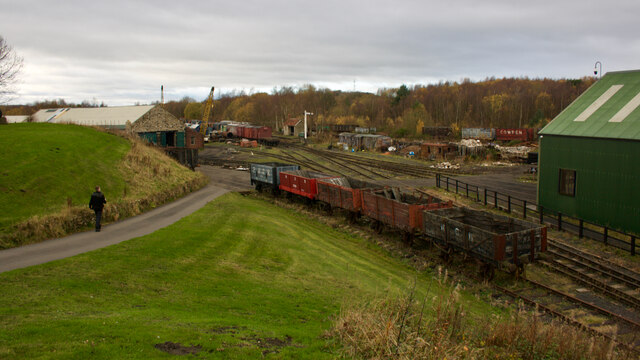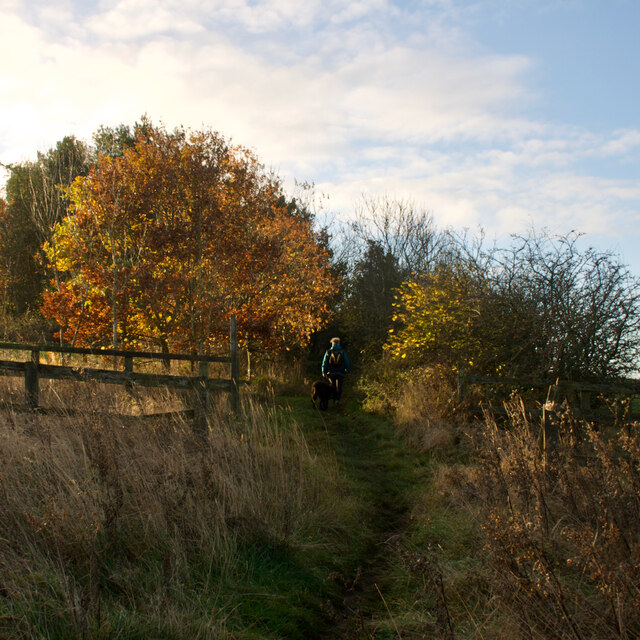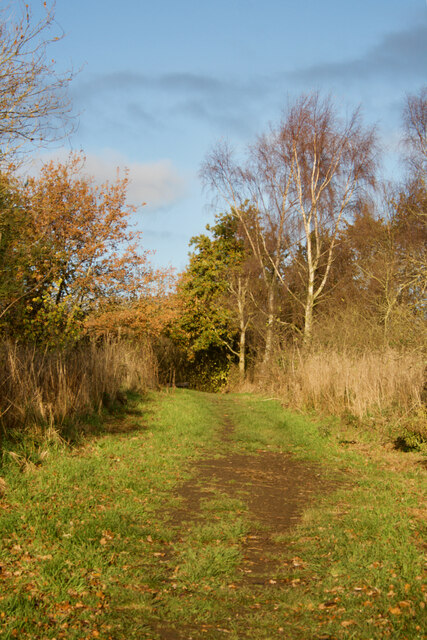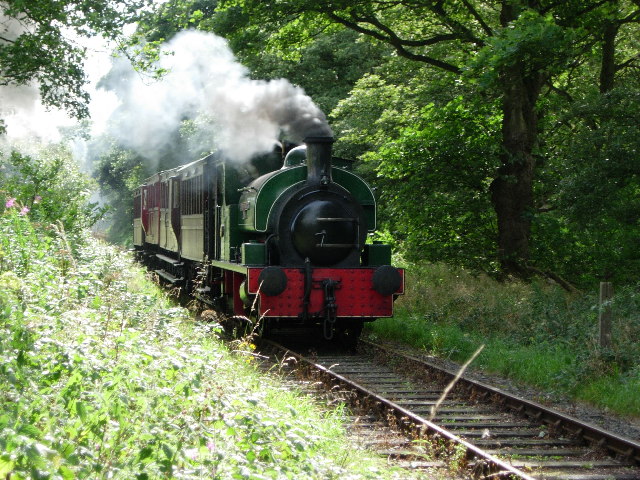Burdon Moor
Settlement in Durham
England
Burdon Moor
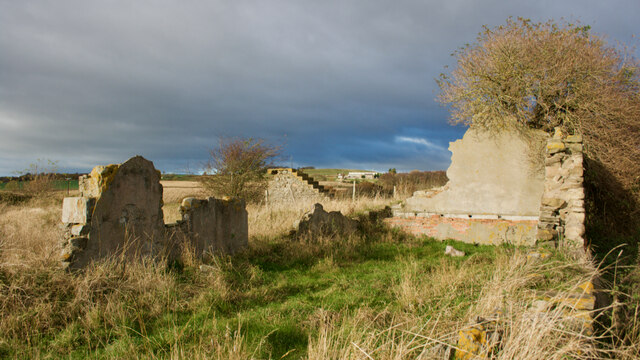
Burdon Moor is a small village located in County Durham, England. Situated approximately eight miles south of the city of Durham, it is nestled in a rural and picturesque setting. The village is surrounded by rolling hills, lush green fields, and expansive moorland, giving it a serene and tranquil atmosphere.
One of the defining features of Burdon Moor is its rich history. The village dates back centuries and has been inhabited since medieval times. It was predominantly an agricultural community, with farming being the primary occupation of its residents. The remnants of old farmhouses and barns can still be seen scattered across the landscape, serving as a reminder of the village's agricultural heritage.
Despite its small size, Burdon Moor boasts a close-knit community. The villagers are known for their warmth and friendliness, welcoming visitors with open arms. The village has a small church, which serves as a spiritual and social hub for the residents.
Nature lovers will find plenty to explore in Burdon Moor and its surrounding areas. The moorland provides a habitat for various wildlife species, making it a haven for birdwatchers and nature enthusiasts. There are also several walking trails that allow visitors to immerse themselves in the beauty of the countryside.
Overall, Burdon Moor offers a peaceful retreat from the bustling city life, allowing visitors to experience the charm of a traditional English village and the natural beauty of County Durham.
If you have any feedback on the listing, please let us know in the comments section below.
Burdon Moor Images
Images are sourced within 2km of 54.918057/-1.664549 or Grid Reference NZ2158. Thanks to Geograph Open Source API. All images are credited.
![Course of the former Pontop & Jarrow Railway Re-named as the Bowes Railway in 1932.
Wikipedia Contributors (2021). Bowes Railway. [online] Wikipedia. Available at: <span class="nowrap"><a title="https://en.wikipedia.org/wiki/Bowes_Railway" rel="nofollow ugc noopener" href="https://en.wikipedia.org/wiki/Bowes_Railway">Link</a><img style="margin-left:2px;" alt="External link" title="External link - shift click to open in new window" src="https://s1.geograph.org.uk/img/external.png" width="10" height="10"/></span> [Accessed 2 Dec. 2021].](https://s1.geograph.org.uk/geophotos/07/03/40/7034025_4df437cc.jpg)



Burdon Moor is located at Grid Ref: NZ2158 (Lat: 54.918057, Lng: -1.664549)
Unitary Authority: Gateshead
Police Authority: Northumbria
What 3 Words
///open.scale.rushed. Near Whickham, Tyne & Wear
Nearby Locations
Related Wikis
Marley Hill
Marley Hill is a former colliery village about six miles to the south west of Gateshead, near the border between Tyne and Wear and County Durham. It has...
Tanfield Railway
The Tanfield Railway is a 4 ft 8+1⁄2 in (1,435 mm) standard gauge heritage railway in Gateshead and County Durham, England. Running on part of a former...
Sunniside, Gateshead
Sunniside is a village in the Metropolitan Borough of Gateshead, which is located around 5.5 miles (9 km) from Newcastle upon Tyne. Prior to the creation...
Causey Bank Mires
Causey Bank Mires is a Site of Special Scientific Interest in the Derwentside district of County Durham, England. It lies alongside and to the west of...
Nearby Amenities
Located within 500m of 54.918057,-1.664549Have you been to Burdon Moor?
Leave your review of Burdon Moor below (or comments, questions and feedback).
